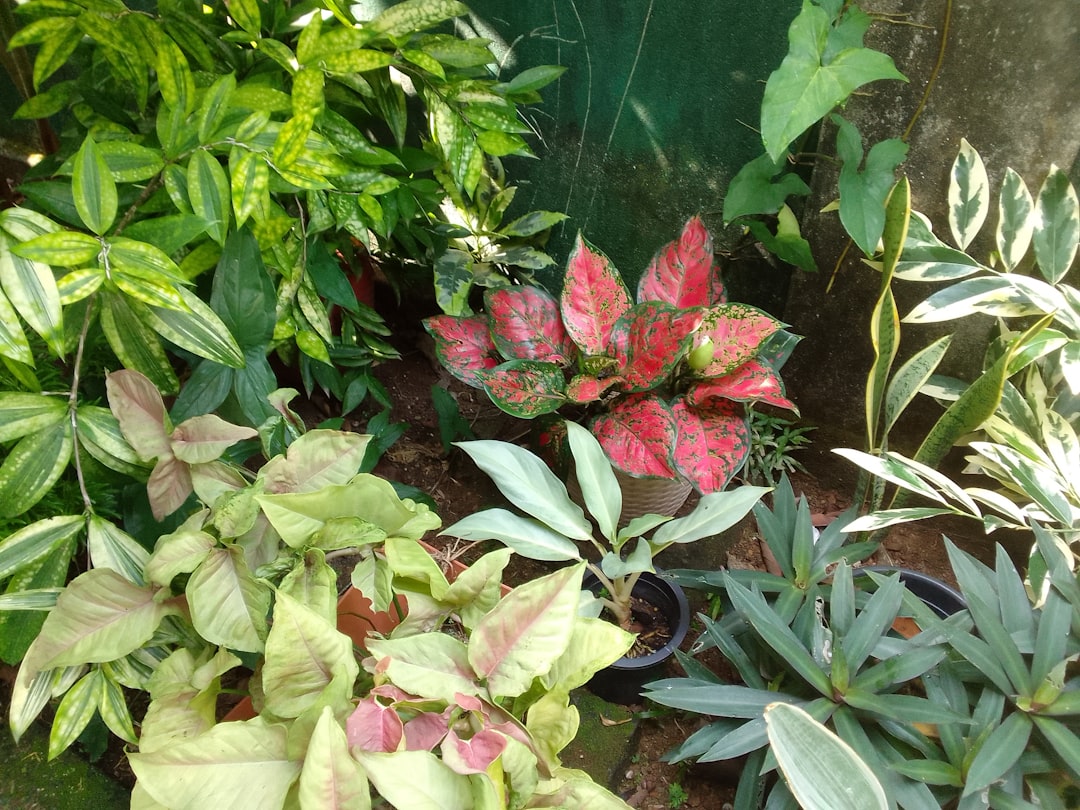The Secret to a Thriving Indoor Plant Oasis

Creating a beautiful plant collection doesn't require a vast yard or an abundance of space. In fact, one of the most charming and practical ways to cultivate a plant haven is by focusing on houseplants, especially mini succulents. These petite wonders can transform even the tiniest corner of your home into a lush and vibrant garden.
One of the greatest advantages of growing houseplants, particularly mini succulents, is their adaptability to indoor environments. They don't need direct sunlight for extended periods, making them perfect for rooms with limited natural light. You can place them on a windowsill that gets a few hours of morning sun or even on a desk under artificial light. This flexibility allows you to create a plant display in any part of your home, whether it's a cozy bedroom, a busy office, or a small living room.
When it comes to gathering mini succulents, the first step is to choose a suitable container. You can opt for a traditional flower pot, but the fun part is exploring unique options. Old teacups, mason jars, or even small wooden boxes can serve as charming homes for your succulents. Just make sure the container has proper drainage holes to prevent waterlogging, which can be fatal to succulents. If your chosen container doesn't have holes, you can add a layer of gravel at the bottom to help with drainage.
Selecting the right succulents is crucial for a successful indoor garden. There are countless varieties of mini succulents available, each with its own unique shape, color, and texture. Some popular choices include Echeveria, Haworthia, and Sedum. Echeverias are known for their rosette-shaped leaves that come in a range of colors from pale green to deep purple. Haworthias have distinctive striped or spotted leaves, adding an interesting visual element to your collection. Sedums, on the other hand, are hardy and come in various forms, from trailing vines to compact clusters.
Once you have your container and succulents, it's time to plant them. Start by filling the container with a well-draining soil mix specifically designed for succulents. You can find these mixes at your local garden center or make your own by combining potting soil with perlite or sand. Gently remove the succulents from their nursery pots, being careful not to damage the roots. Place them in the container, spacing them out evenly. You can arrange them in a symmetrical pattern or create a more organic look by mixing different varieties together.
After planting, give your succulents a light watering. Succulents are drought-tolerant plants, so they don't need a lot of water. Overwatering is one of the most common mistakes when growing succulents, so it's important to let the soil dry out completely between waterings. A good rule of thumb is to water your succulents once every two to three weeks, depending on the humidity and temperature in your home.
Another aspect of caring for your indoor succulent garden is fertilizing. While succulents don't require a lot of nutrients, a light application of fertilizer can help them grow and thrive. You can use a balanced, water-soluble fertilizer diluted to half strength. Apply the fertilizer once a month during the growing season, which is typically spring and summer.
One of the joys of having a collection of mini succulents is watching them grow and change over time. As they mature, they may produce offsets, or baby plants, which can be separated and planted in their own containers. This allows you to expand your collection and share your love of succulents with friends and family.
In addition to their aesthetic appeal, houseplants, including mini succulents, have several health benefits. They can help purify the air in your home by removing toxins and pollutants. They also add moisture to the air, which can be beneficial, especially during the dry winter months. Having plants in your living space can also reduce stress and improve your mood, creating a more relaxing and inviting environment.
So, whether you're a seasoned plant enthusiast or a beginner looking to start your first plant collection, consider creating an indoor garden with mini succulents. With a little creativity and care, you can enjoy a thriving garden right in the comfort of your own home, no yard required.